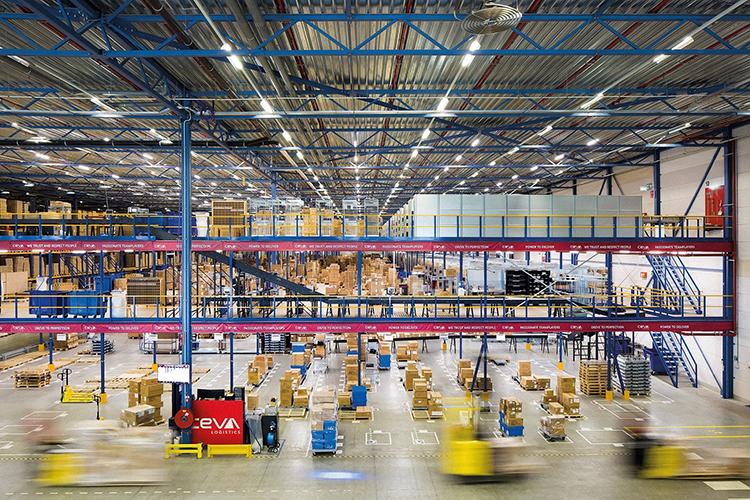Logistics gears up for peak season: CEVA outlines pain points and playbooks
With Black Friday through Christmas set to compress months of demand into a few frenetic weeks, logistics providers say the 2025 peak season will hinge on tighter forecasting, flexible labor, and real-time transport visibility. CEVA Logistics, a global 3PL serving retail and e-commerce, points to four pressure points—demand volatility, labor shortages, transport complexity, and disruption risk—and to a stack of AI-enabled and operational responses it says are now industry standard.
The backdrop is still expansionary. Global retail sales were about $28.9 trillion in 2023 and are projected to reach roughly $31.3 trillion in 2025, while global e-commerce is tracking around $6.0–6.1 trillion in 2024 with further growth into 2025.
Forecasting demand remains the first hurdle. CEVA highlights the shift from purely historical models to “outside-in” tools that ingest live signals—weather, events, macro and network data—to adjust inventory and staffing before orders spike. Supply-chain expert David Shillingford notes that the demand side is often the greater unknown during events like Black Friday, reinforcing the value of timely external data over rear-view analytics.
Labor is the second constraint. A 2024 Descartes study found 76% of supply-chain and logistics leaders experiencing workforce shortages, prompting operators to blend automation with more flexible rosters. CEVA has deployed Boston Dynamics’ Stretch robots in Los Angeles transload operations to accelerate unloading and improve safety, an example of targeted automation that scales during peaks.
Transport optimization is the third pillar. Providers are widening use of AI-driven route planning and operational-research algorithms that fold in live traffic and restrictions to cut delays and fuel burn, alongside control-tower visibility across modes for proactive exception handling. Cross-border flows add complexity but remain essential to growth; CEVA frames cross-border e-commerce as a strategic lever rather than a risk to be avoided.
The fourth issue is resilience to shocks—from storms to geopolitical detours—that can derail even well-planned peaks. Operators are leaning on improved meteorological tools, multi-supplier sourcing, buffer stocks where feasible, and continuous tracking to trigger rerouting or mode shifts in hours, not days.
Sustainability is increasingly embedded in peak-season design rather than treated as an afterthought. Consumers are more receptive to greener options, and operators are responding with packaging that is reusable, recyclable or biodegradable, route optimization, and pilots with electric delivery where network design allows. The sustainability lens now extends to returns, with streamlined reverse logistics to cut waste and recover value.
Bottom line: Heading into the 2025 peaks, CEVA and peers are betting on earlier signal capture for demand, automation to offset labor gaps, AI-assisted routing for delivery reliability, and resilience measures to keep networks moving when conditions turn. The growth in retail and e-commerce is real, but so are the constraints—making execution speed and data-driven decisions the decisive advantage this season.








